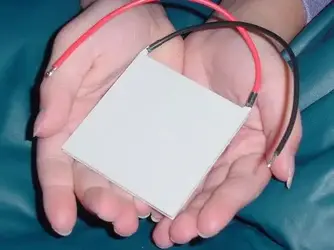
With the continued miniaturization of technology comes new and intriguing applications for that technology. One of Google's big R&D projects is an excellent example of just how far we have come in this evolution. Google has managed to squeeze smart technology into a a contact lens. Now, before you start imagining HUD displays filled with web browsing projected onto your eyeballs, that isn't the application these are being designed for. These smart-contact lenses will actually be a medical tool designed to help people with diabetes.
The smart-tech sensors embedded within these Google Eyeball Goggles, (our made-up name - not theirs), is able to measure the glucose found in tears at an incredible rate of once per second. This would prove invaluable to a diabetes sufferer by giving them the fastest most up to date info on their blood-sugar levels. It would also allow them to avoid sticking their fingers throughout the day for this same test.
Right now the tech isn't ready for prime-time, but Google is working hard to bring it about. They plan to equip the contact lenses with tiny LEDs which can convey a warning to the wearer when their glucose has fallen or exceeded safe levels. Google is already looking for outside partners to help with the design, and they are also communicating with the FDA to make sure they follow all the necessary guidelines.

